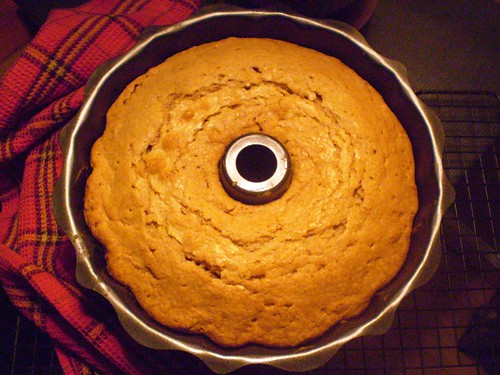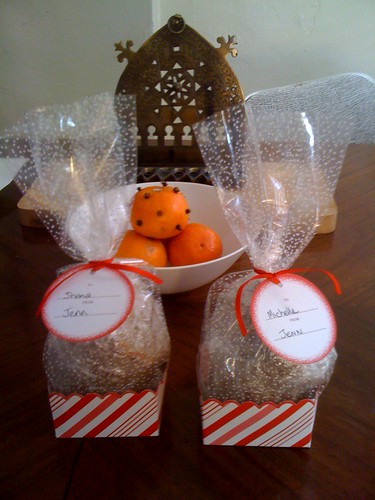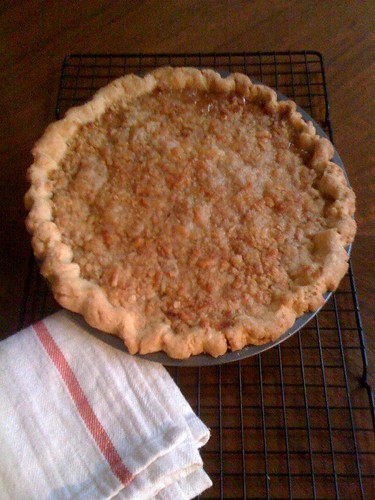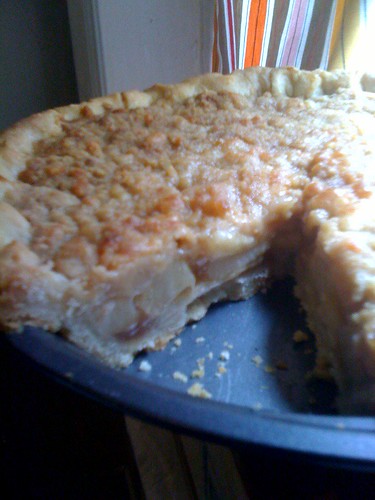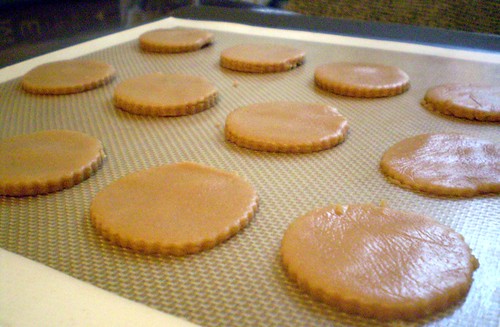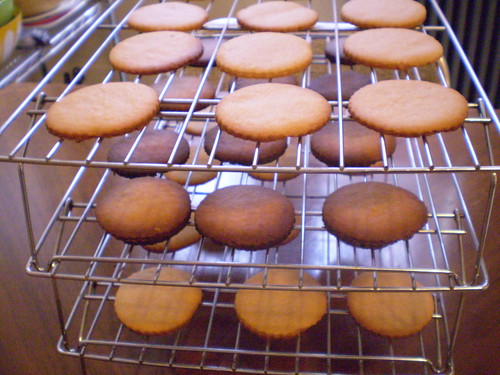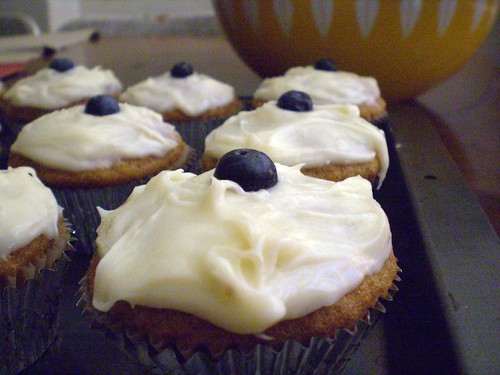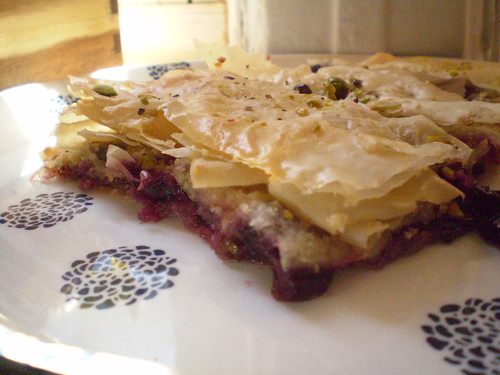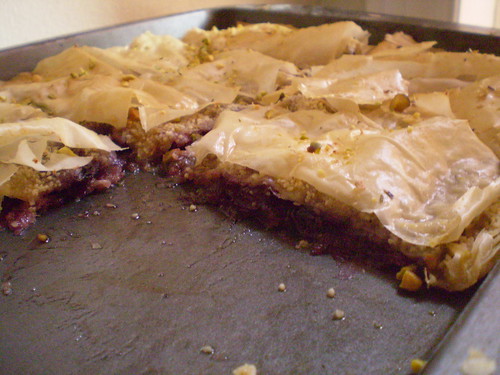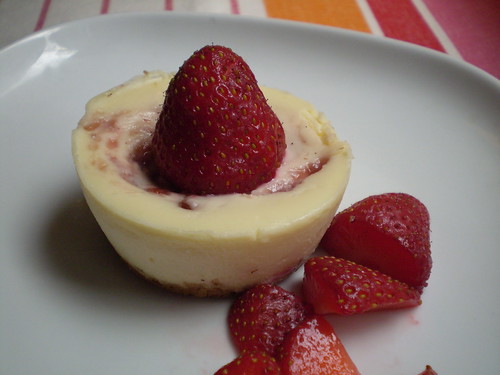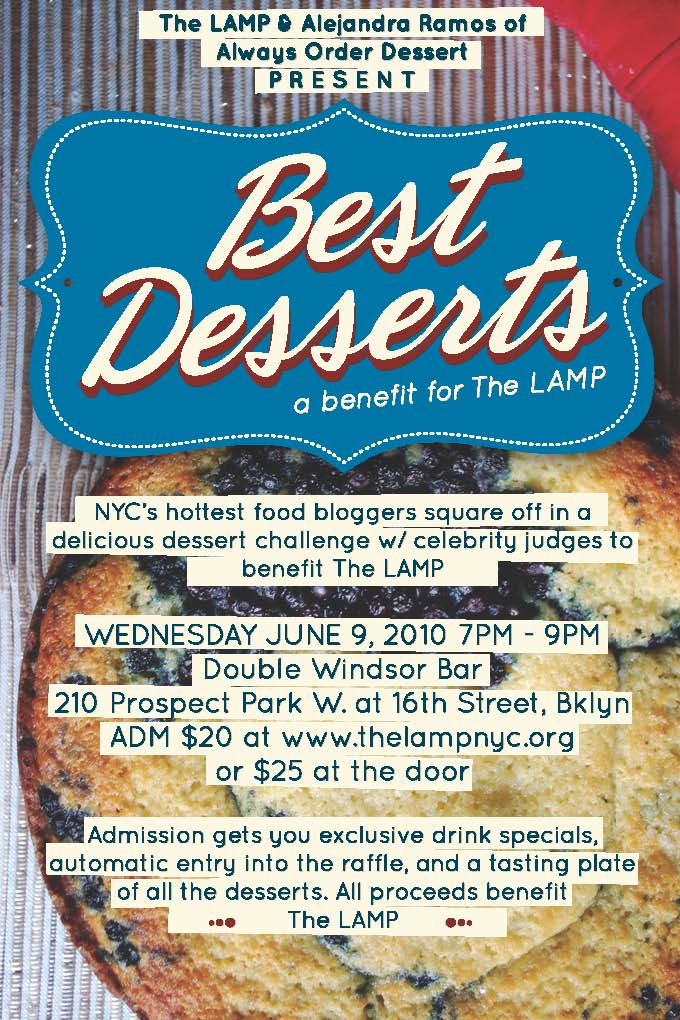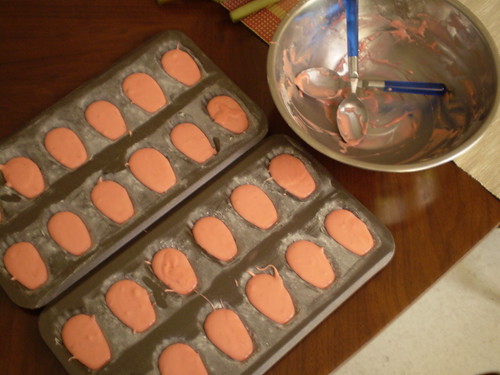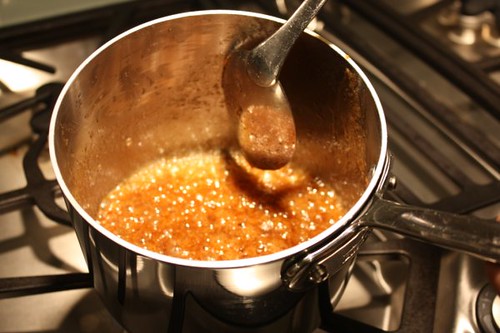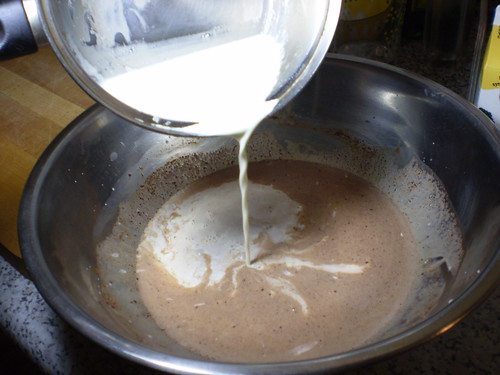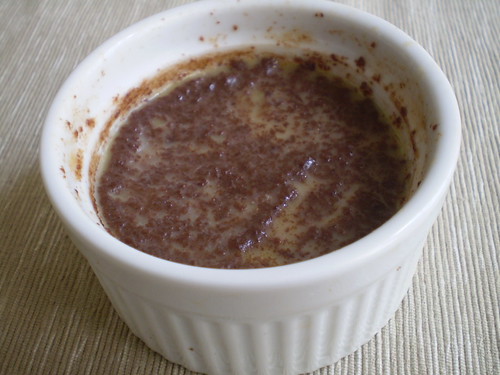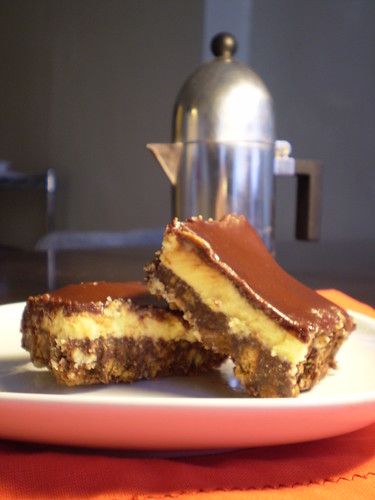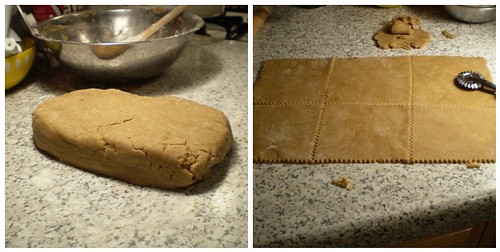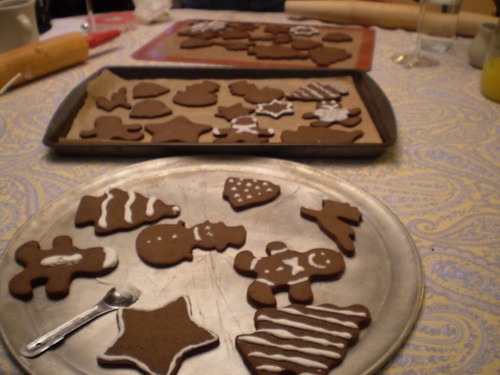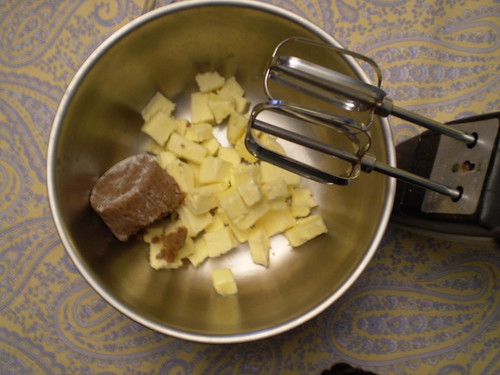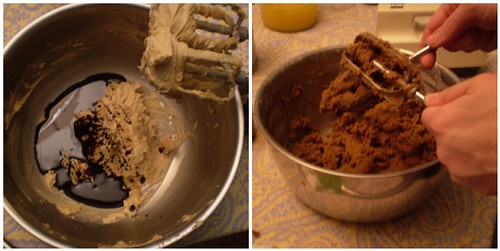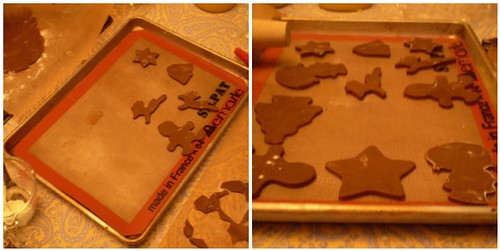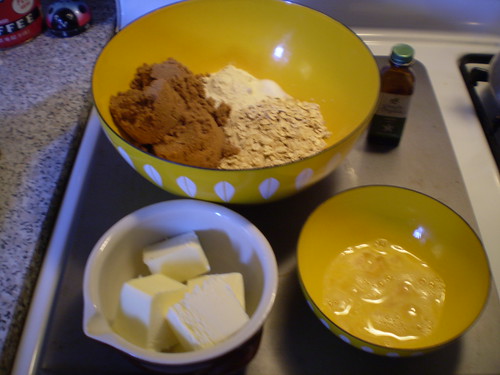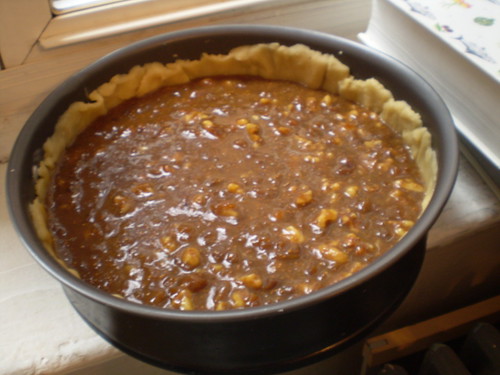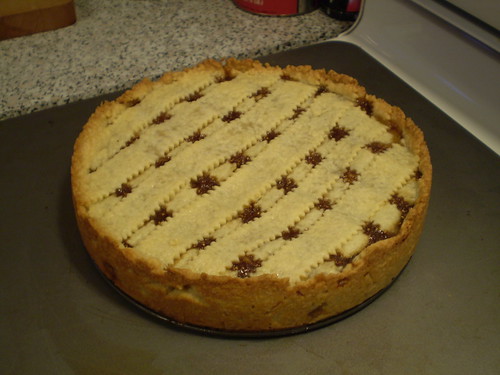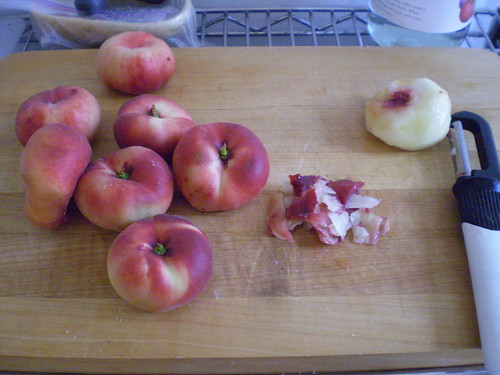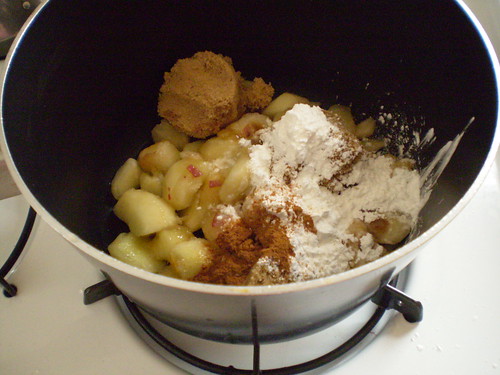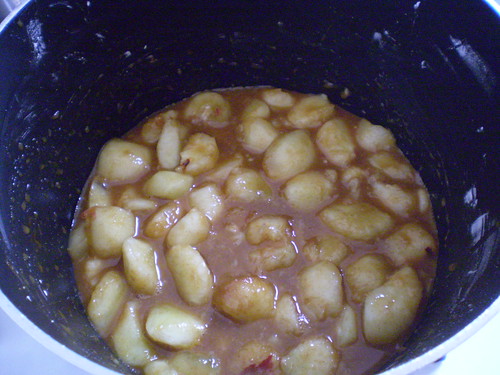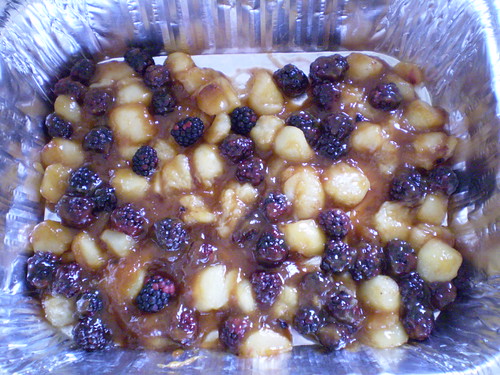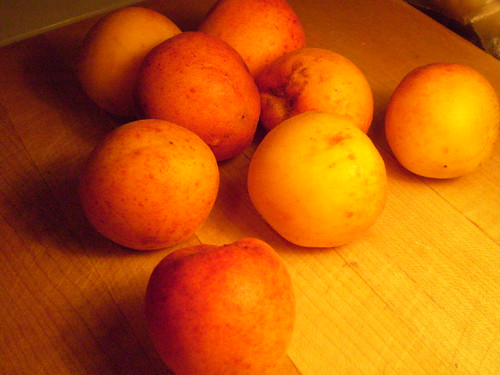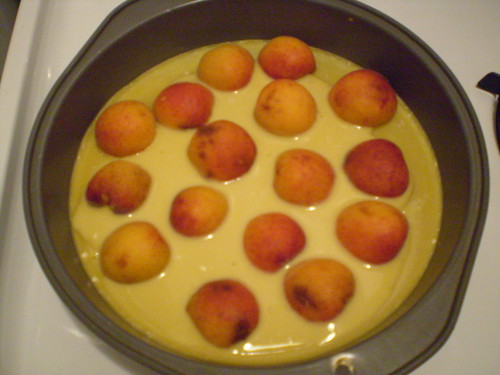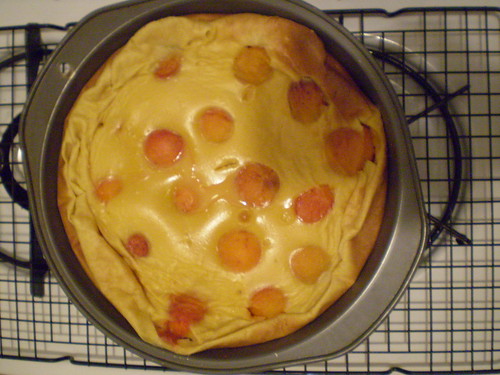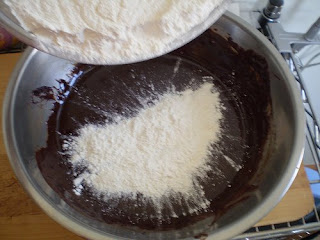Valentine's day - Red velvet cupcakes
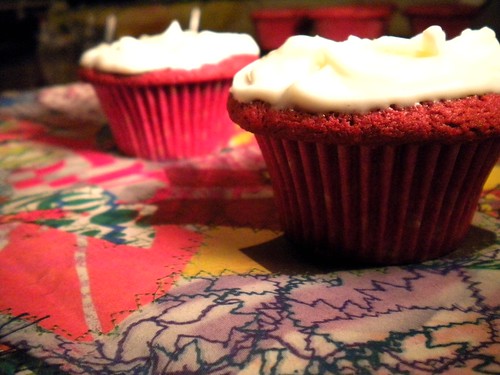 Valentine's day came and went once more without that fancy box of chocolates. I'm not complaining. It maybe worth noting I like chocolate more than anyone else I know, and somehow the only time I've ever received chocolates on Valentine's Day, I had to specifically request them. I think the words were, "you better not come home without a box of chocolates this year". I could be bitter, but I'm not. Instead, I've found the next best solution. I bake whatever I think feels festive to celebrate the holiday, and than go buy myself my own chocolates post-Valentine's Day for half-off.
Valentine's day came and went once more without that fancy box of chocolates. I'm not complaining. It maybe worth noting I like chocolate more than anyone else I know, and somehow the only time I've ever received chocolates on Valentine's Day, I had to specifically request them. I think the words were, "you better not come home without a box of chocolates this year". I could be bitter, but I'm not. Instead, I've found the next best solution. I bake whatever I think feels festive to celebrate the holiday, and than go buy myself my own chocolates post-Valentine's Day for half-off.
I understand that men who don't eat chocolate may not know where to go. I do, really. I'm older and wiser now, and have accepted that some men just can't manage to google "top chocolate stores in nyc" to find an answer in less than 30 seconds. It would be unrealistic to expect them to try and research it. I realized I was setting myself up for disappointment because I assumed guys understand that most women wouldn't walk into a chocolate store and buy themselves a box of truffles without a reason, at least from March through January. It seems guys have been pre-programmed to think that flowers from the corner store is sufficient. And, it is. Especially, if you agree that women of NYC need to lower their (my) expectations, as the writer of this Village Voice article suggests to find love. Truthfully, I'm happy that I get anything at all, because it is the thought that counts. That, and it beats the year I got stood up by another single girlfriend.
Actually this year, I spent a very fulfilling night on Valentine's Eve, and the next morning (get your mind out of the gutter), baking my festive treat of choice, red velvet cupcakes. It's the kind of sweet you need a reason to bake, and this seemed like the holiday for something red and decadent. I have to admit that watching the batter swirl around in the mixer till it turns a deep red is almost more fun that eating it. Every time I've made a batch, the color seems so vibrant and bright, but then it turns a bit more muted once baked. Next time, I'm really going to up the red so that the color of the finished product is every bit as bright as the pre-baked version. I'm aiming for a color similar to the one Pinch My Salt's version achieves with a whopping two bottles of red food coloring! I used a tablespoon which seems very skimpy in comparison.
A note about authenticity - there are many schools of thought on what makes a true red velvet cake, and being Southern in origin, of course there are some strong opinions on what is needed in the recipe. In case you missed it, Nicole Taylor, who's the fabulous host of Hot Grease on Heritage Radio Network, recently discussed the key ingredients to a true Southern red velvet. (The essentials are highlighted in this article by Brooklyn Food activist Adriana Velez). I wish I had found it before I set out to make mine this year. Although, this version is close enough to authentic to please, but not so exact that a good Southern cook wouldn't find room for improvement. Come to think of it, that's the way I like my Valentine's to be, thoughtful and sweet, but not so perfect that it ruins the excitement for the coming year. I'll always hope maybe next year there will be chocolate.
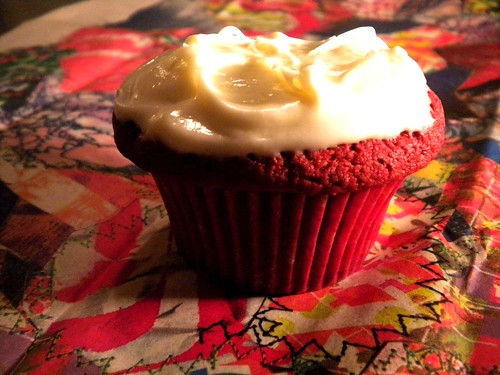
Red Velvet Cupcakes Cream cheese frosting is essential on these.
1 3/4 cup flour 2 1/4 teaspoon baking powder pinch of salt 1/8 cup cocoa powder 1 1/2 cup sugar 3/4 cup unsalted butter, softened 2 eggs 1 tablespoon red food coloring (add more for a brighter color) 1 teaspoon vanilla 1 cup buttermilk 1 teaspoon white vinegar 1/4 teaspoon baking soda Cream cheese frosting to top (your favorite recipe)
Preheat the oven to 350 degrees Fahrenheit. Line muffin tins with paper liners (makes approx. 18 cupcakes).
Sift flour, baking powder, pinch of salt and cocoa. Set aside.
Using an electric mixer or stand mixer, beat sugar and butter until smooth. Beat in eggs, one at a time, then food coloring, then vanilla. Mix in dry ingredients in 3 batches, alternating with 2/3 cup buttermilk in 2 additions.
Make a well in center, pour remaining 1/3 cup buttermilk, vinegar and baking soda in center. When you see little bubbles, stir into the batter.
Pour batter into muffin tins and bake about 20 minutes. Cool 10 minutes and then transfer to a rack to cool completely before frosting.

